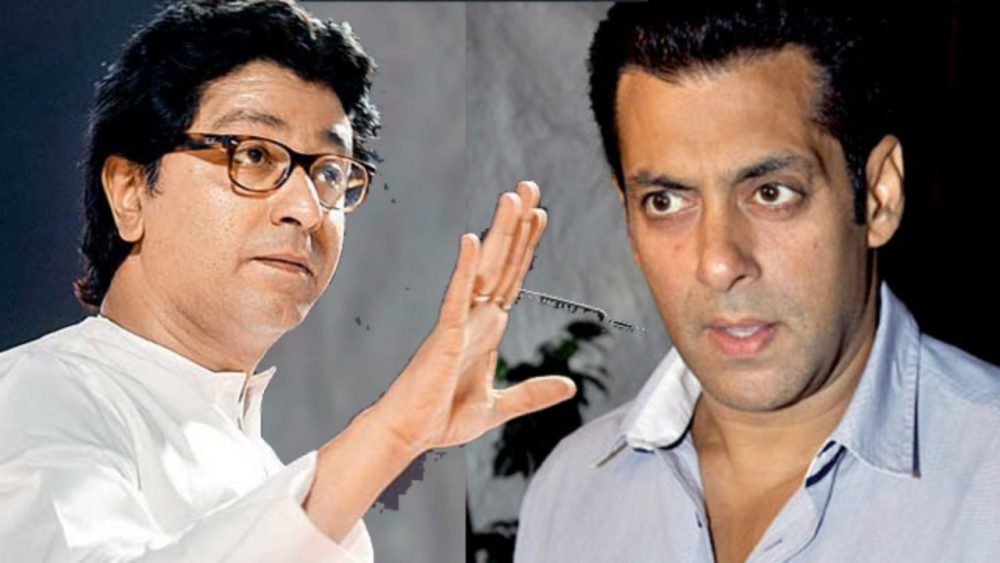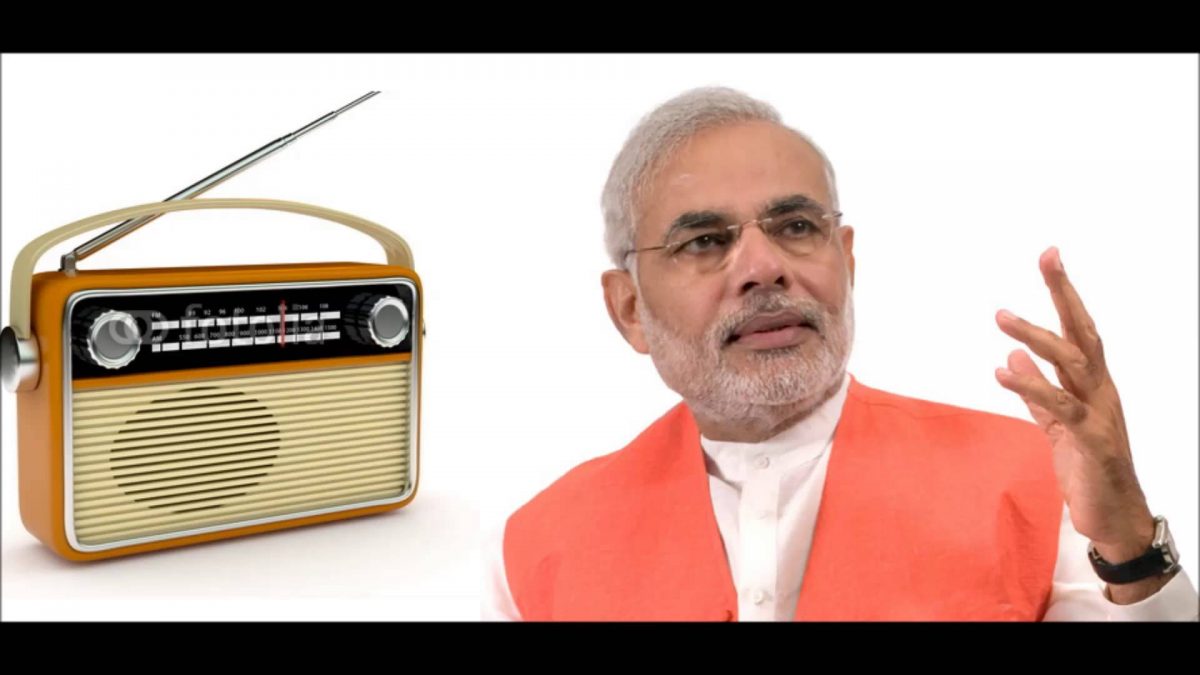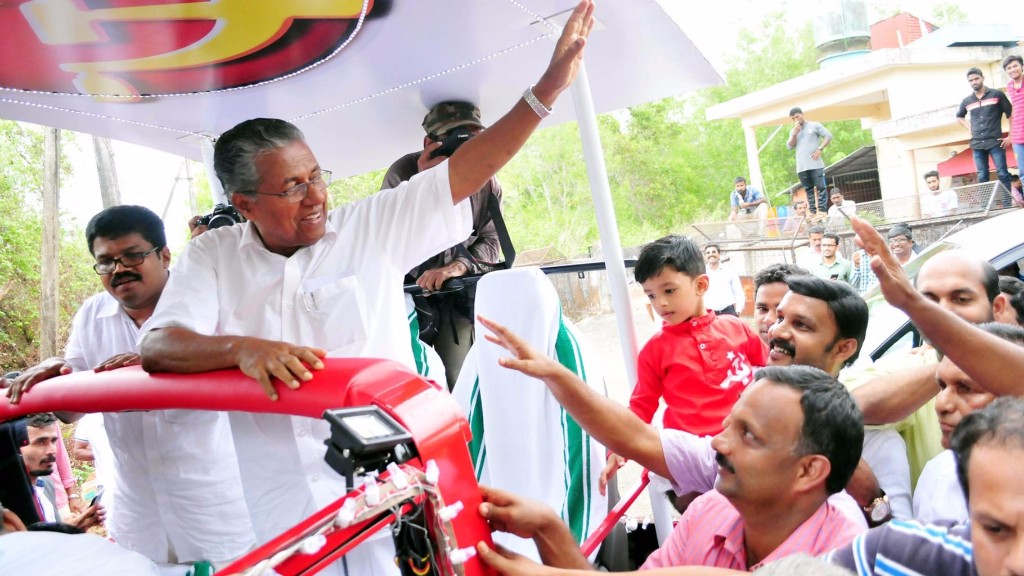
India to Conduct Nationwide Civil Defence Mock Drill on May 7, 2025: What You Need to Know
On May 7, 2025, India will conduct a large-scale nationwide civil defence mock drill in 244 districts across the country, including major cities such as Delhi, Mumbai, Bengaluru, and Hyderabad. This exercise, organized by the Union Ministry of Home Affairs (MHA), aims to prepare civilians and authorities for emergency situations in light of escalating tensions with Pakistan following the April 22 Pahalgam terror attack.
The mock drill will be the most extensive since the 1971 war and is seen as a proactive step by the government to enhance national security and readiness during wartime situations. With heightened border tensions, the drill is expected to help in assessing civil defence preparedness and improving coordination between different emergency response teams across the country.
Objective of the Mock Drill
The primary purpose of the drill is to improve emergency preparedness in the event of natural or man-made disasters, particularly wartime scenarios. The exercise will focus on:
Air raid warning systems: Testing the effectiveness of air raid sirens and communication systems.
Blackout simulations: Mimicking wartime power outages to assess how well residents can adapt to such conditions.
Evacuation procedures: Ensuring that citizens know how to evacuate safely during an emergency.
Civil defence protocols: Training civilians on how to react during airstrikes and other wartime situations.
Coordination between various agencies: Assessing how well state disaster response forces, local police, fire departments, and medical teams can work together in a crisis.
What to Expect on May 7
On the day of the mock drill, residents of participating districts will experience:
Air raid sirens: A test of the country’s warning systems.
Temporary blackouts: A brief simulation of power cuts to mimic wartime conditions.
Evacuation drills: Organized exercises to guide civilians on how to evacuate public spaces.
Traffic diversions: Some roads will be closed or rerouted as part of the drill.
Restricted access: Limited entry to certain areas during the exercise to facilitate smooth operation.
It’s important to note that these activities are part of the drill and are designed to assess preparedness, so public cooperation will be crucial for its success.
Who Will Participate?
The mock drill will involve various groups, including:
Civil defence wardens
Home guards
National Cadet Corps (NCC) cadets
National Service Scheme (NSS) volunteers
Nehru Yuva Kendra Sangathan (NYKS) members
School and college students
In addition, the BJP Parliamentary Party has urged its Members of Parliament (MPs) to participate as ordinary citizens to help spread awareness and promote engagement.
Context: Rising Tensions with Pakistan
The mock drill comes in the wake of increased India-Pakistan tensions, following the Pahalgam attack that left 26 people dead. Pakistan has conducted several missile tests, including the launch of the Fatah surface-to-surface missile, in a show of force. As a result, India is strengthening its civil defence measures to ensure the country is prepared for any potential conflict.
With the rise in hostilities and the growing need for better disaster management, the drill also serves as a reminder of the importance of being vigilant and prepared for emergencies, whether they stem from natural disasters or geopolitical events.
The Impact of the Drill
This nationwide exercise aims to test and refine India’s emergency response systems. By simulating real-world scenarios, the government hopes to identify gaps in the system and ensure better coordination between authorities and civilians in the face of a crisis. This will also raise awareness among the general public about the importance of following safety protocols during an emergency.
Furthermore, the exercise will help familiarize civilians with evacuation plans, emergency shelters, and communication strategies that could be life-saving in times of crisis.
Participating Districts
A total of 244 districts will participate in the drill, with a comprehensive list available for the public. Residents are advised to stay informed through official channels to know how their specific locality will be involved. The drill will be conducted in cities across the country, so it is crucial for everyone to remain alert and cooperate with local authorities.
Conclusion
The nationwide civil defence mock drill on May 7, 2025, is a critical step in preparing India for potential emergencies. As tensions with Pakistan remain high, this exercise will test the country’s ability to handle wartime scenarios, ensuring that citizens and authorities are ready to respond effectively.
With the cooperation of the public, this drill will serve as a vital learning experience for everyone involved. It will also help refine the country’s emergency response strategies, ultimately strengthening national security and civilian safety.










